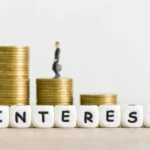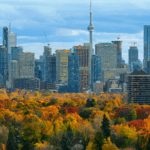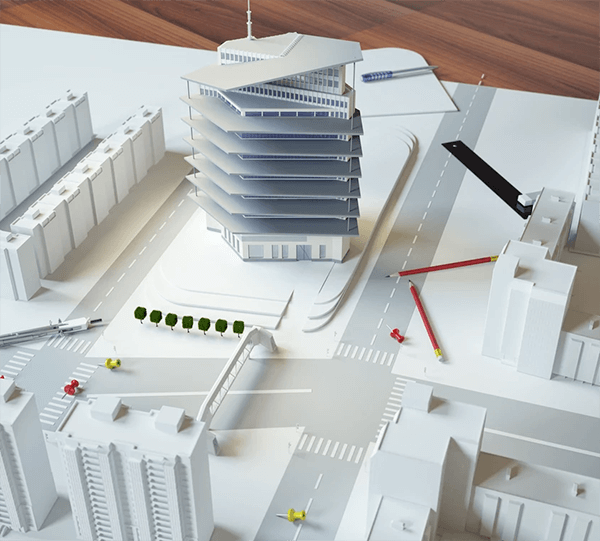Saving for a Down Payment doesn’t have to feel overwhelming. Learn 3 simple steps: set a clear goal, cut expenses, and explore first-time buyer programs to get closer to your dream home faster.
There comes a point when renting no longer feels like the best option. Paying someone else’s mortgage month after month doesn’t compare to building equity in a place you can truly call your own. Owning a home is not just about having a roof over your head, it’s about stability, freedom, and creating a space that reflects your lifestyle.
We know what you’re thinking: the down payment feels impossible to achieve. Saving up for your first home is no small task. But here’s the good news there are clear, practical ways to make it happen, and the Canadian system even offers programs designed to help you along the way.
The real estate market in Toronto and across the GTA is diverse. There are options for different budgets, and with the right strategy, the dream of homeownership can move from wishful thinking to reality. Let’s break it down into three simple steps to save for your down payment.
You might also be interested in: Finding Your Perfect Place: The 2025 Guide to Buying a Home in Ontario
Step 1: Know Your Number Before You Start Saving
Set the goal to reach it! Before you start saving, you need to know what you’re aiming for. In Canada, the minimum down payment depends on the price of the home you’re buying:
- If the home costs $500,000 or less, the minimum is 5%.
- Between $500,000 and $999,999, you’ll need 5% on the first $500,000 plus 10% on the remaining amount.
- For example, if you’re buying a home worth $600,000, your down payment would be $35,000 ($25,000 on the first $500K and $10,000 on the last $100K).
- If the home costs $1 million or more, you’ll need at least 20%.
While it may sound tough to reach 20%, there are clear benefits. A larger down payment means you can avoid paying mandatory mortgage insurance, lower your monthly payments, and protect yourself against market fluctuations. Think of it as buying peace of mind and financial breathing room.
Mortgage Types: Why Your Down Payment Matters
Your down payment directly impacts the type of mortgage you qualify for. With less than 20%, most buyers must choose an insured mortgage, which adds an extra cost for insurance premiums. Reaching 20% allows you to apply for a conventional mortgage, giving you more flexibility, fewer fees, and a stronger financial position from day one.
Step 2: Supercharge Your Savings with Tax-Free Accounts
Saving for your down payment doesn’t mean going it alone. Canada offers several tax-advantaged accounts that can help boost your savings faster:
- First Home Savings Account (FHSA): You can contribute up to $8,000 per year, with a lifetime maximum of $40,000. Contributions reduce your taxable income, and any growth on your money is tax-free when used for your first home. This double advantage makes the FHSA one of the best tools for first-time buyers.
- Tax-Free Savings Account (TFSA): Contributions don’t reduce your taxable income, but the growth inside your account is completely tax-free, no matter how you use it. Whether you spend it on your down payment or something else, you won’t owe taxes on the gains.
- Registered Retirement Savings Plan (RRSP): Normally meant for retirement, the Home Buyers’ Plan allows first-time buyers to withdraw up to $60,000 tax-free for a down payment. You’ll need to repay it within 15 years, but it’s an excellent way to access your savings now.
By combining these accounts strategically, you could save thousands in taxes and accelerate your path to homeownership. The order in which you contribute matters, and getting advice from a financial expert can help you maximize the benefits.
You might also be interested in Fractional Home Ownership in Canada: A Guide to Shared Homebuying
Step 3: Cut Costs and Save Faster
Not every step toward your first home needs to be huge. Small, consistent savings can snowball into something big. Here are some quick wins you can start today:
- Pack Your Lunch Instead of Eating Out
Bringing lunch from home just three times a week could save you $150+ a month—money that goes straight into your future home fund.
- Make Coffee at Home
Swapping a $4 latte for a home-brewed coffee saves around $80 a month. That’s nearly $1,000 a year just by skipping the café line.
- Use Cashback & Rewards Apps
Everyday shopping (groceries, gas, even utilities) can pay you back if you connect your debit or credit card to a cashback app. Redirect those rewards to your savings account.
- Cancel Unused Subscriptions
Audit your monthly streaming, apps, or memberships. Even cutting $30 a month adds up to $360 a year.
- Set “No Spend” Days
Pick one day a week where you spend nothing beyond essentials. It makes you more intentional and keeps extra-cash in your pocket.
- Automate Your Savings
Treat savings like a bill. Set up an automatic transfer—$10, $20, or $50 every payday—straight into your down payment fund before you can touch it.
- Buy Generic (and Bulk Where It Counts)
Everyday items like cleaning products or pantry staples are often just as good in store brands. Bulk-buying things like rice or pasta also stretches your dollar further.
- Round Up & Save
Use apps or bank features that round up your purchases to the nearest dollar and stash the difference. A $2.70 coffee becomes $3.00—and the $0.30 goes right to savings.
You might also be interested in No Surprises: Closing Costs When Buying a Home in Canada Explained
Save Wisely, Not Just Safely
Where are you planning to invest all that money you are going to save? A lot of people underestimate just how long it can take to save for a down payment. To play it safe, they keep their savings in cash or Guaranteed Investment Certificates (GICs). While that feels secure, it can also slow down progress.
The truth is, building your down payment is a long-term goal. That means you can afford to take calculated risks. Diversify your savings: put some in safer options like high-interest savings accounts, but also consider investments that could deliver higher returns over time.
Consistency is key. Setting up automatic contributions, even when the market feels shaky, will help your savings grow steadily. Remember, small, regular deposits add up faster than you think.
Saving for a down payment may seem overwhelming at first, but it’s absolutely within reach when you approach it step by step. By setting the right target, taking advantage of government-backed accounts, and balancing caution with smart risk-taking, you’ll be closer than ever to owning your first home.
At Cityscape, we know the Toronto and GTA markets inside and out. Not every property requires a huge down payment, and there are plenty of accessible options that might surprise you.
Ready to explore your possibilities? Contact us today and let’s talk about how you can turn your homeownership dream into reality.












